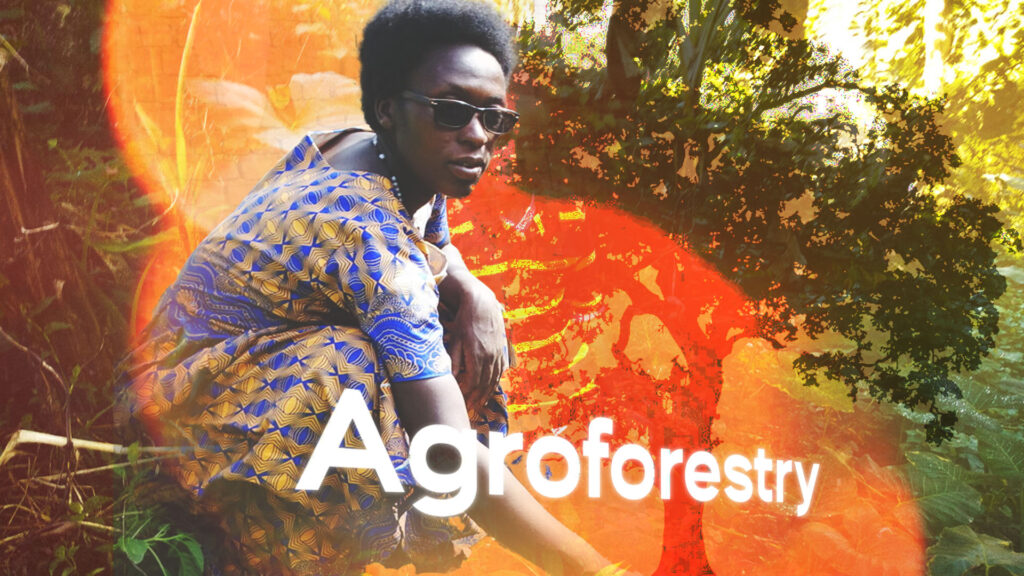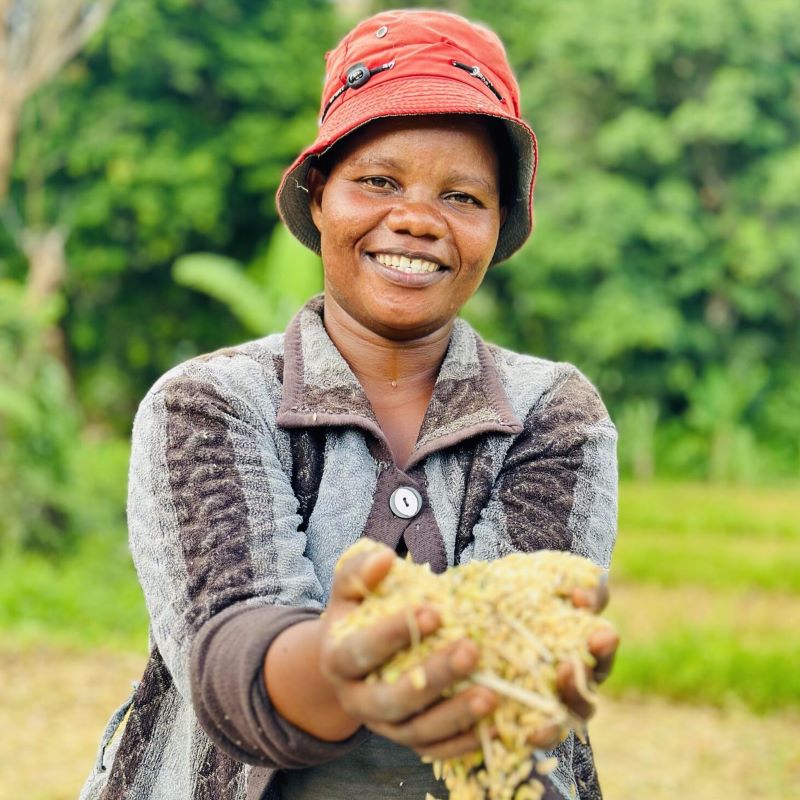Agroforestry aka forest farming—the integration of trees into agricultural landscapes—has emerged as one of the most effective strategies for both environmental restoration and poverty alleviation. It isn’t just a new agricultural trend. It’s a transformative practice that empowers communities to break free from cycles of poverty while caring for the land they depend on. For rural farmers worldwide, forest farming is a life-giving tool that combines stewardship of the land with economic renewal.
Our relationship with creation reflects our relationship with the Creator. When we treat the land with care, we affirm the dignity of people and the value of the ecosystems that sustain us. Agroforestry is a tangible way to live out this belief. It provides farmers with food, income, and security, while also helping to restore degraded environments through this forest farming method.
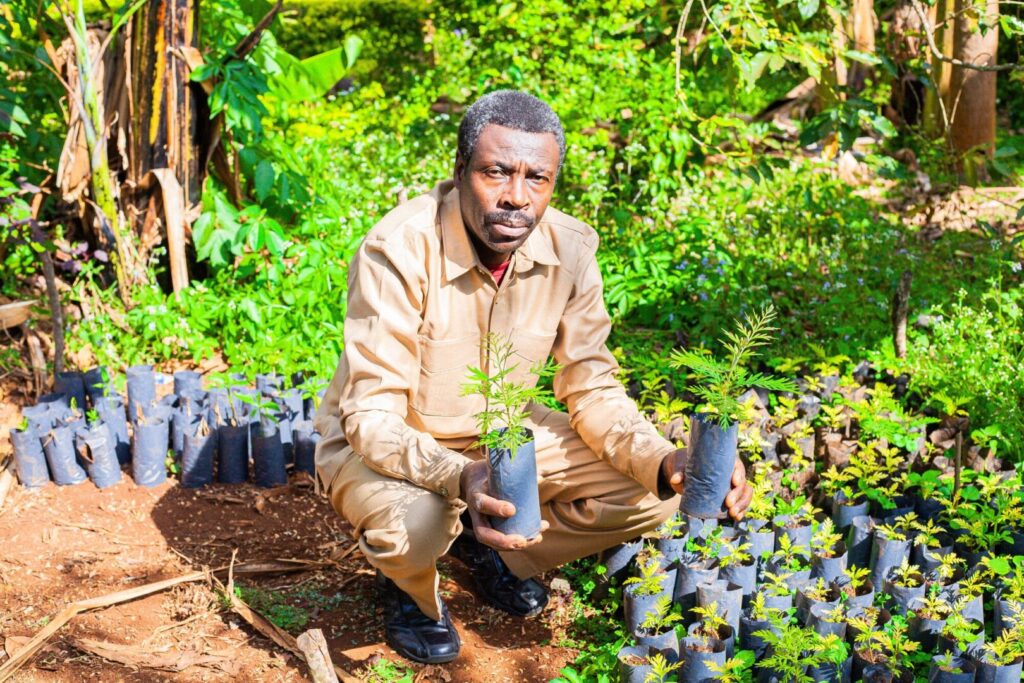
What is Forest Farming?
Agroforestry combines agriculture and forestry in a way that benefits both. Instead of clearing land solely for crops or grazing, trees are intentionally planted and managed alongside other agricultural activities. These trees can provide fruit, nuts, timber, or fodder. Their roots stabilize soil, their leaves enrich it, and their canopy offers shade and moisture retention.
The benefits are far-reaching. By improving soil health, reducing erosion, and increasing biodiversity, forest farming leads to more productive and resilient farms. In the face of climate change, these systems provide vital carbon storage and temperature regulation.
Breaking the Cycle of Rural Poverty
Most of the world’s poorest populations live in rural areas and depend directly on agriculture. But the land they depend on is often degraded, making it harder each year to produce food or earn an income.
Agroforestry interrupts this cycle. When trees are planted on farms, they restore nutrients to the soil, reduce vulnerability to droughts, and diversify the sources of food and income. A single tree can provide both fruit and firewood, helping reduce the burden of fuel collection while improving nutrition.
More importantly, forest farming enables long-term thinking. Farmers are no longer solely focused on surviving the next harvest; they begin to build for the future. This mindset shift is essential for economic and spiritual transformation.
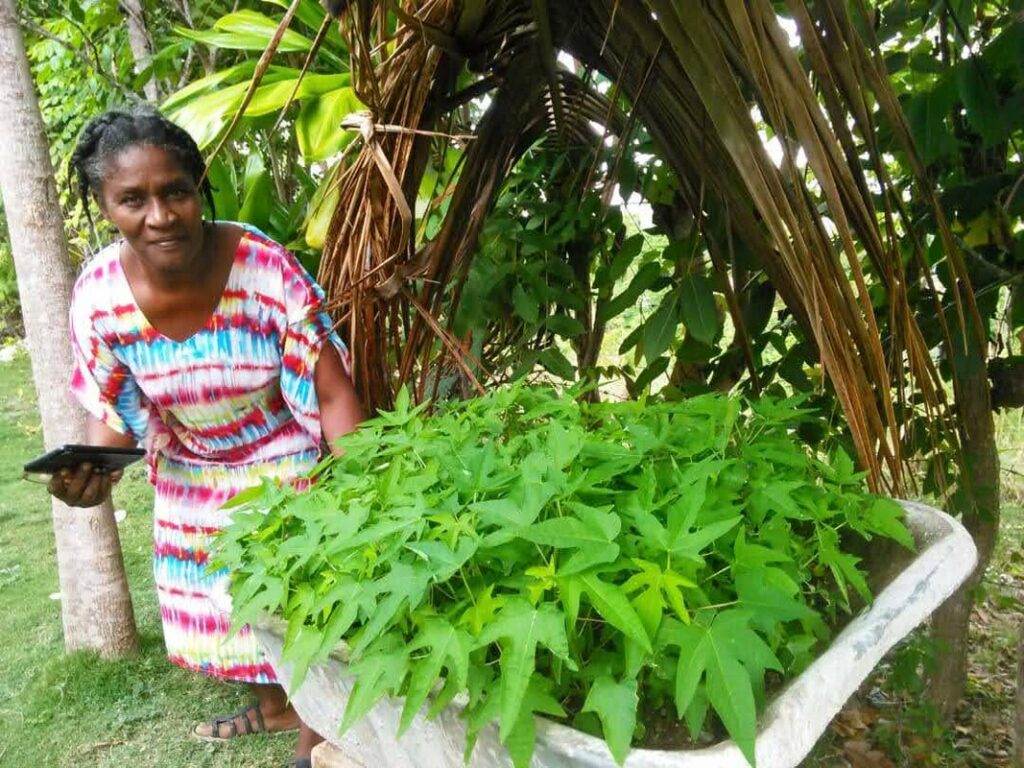
Growing Livelihoods from the Ground Up
One of the key economic benefits of agroforestry is income diversification. Instead of relying on a single crop, farmers can sell tree products like fruit, use leaves and branches as animal feed, or turn timber into building materials. This reduces risk, especially in regions prone to crop failure.
In our Plant With Purpose programs, we’ve seen participants use forest farming to launch small businesses. A farmer might sell avocados at the market, while another might harvest moringa leaves for use in nutritional supplements. Others build seedling nurseries and provide young trees to neighboring farms. These activities create new streams of income while strengthening the community as a whole.
When Purpose Group members save together and invest in each other’s ideas, agroforestry often serves as the backbone of their economic activity. The equity they generate belongs to them—it’s not a donation or a loan, but a fruit of their labor and collaboration.
Environmental Renewal Through Forest Farming
Agroforestry doesn’t just benefit people. It heals the land. In regions where deforestation and unsustainable farming have stripped the earth bare, agroforestry offers a regenerative alternative. By planting native species, creating windbreaks, and restoring biodiversity, farmers actively participate in healing their environment.
This is a powerful witness in communities that have suffered from environmental degradation. Where floods once destroyed crops, tree roots now stabilize slopes. Where fields once turned to dust, shaded soil retains moisture and fosters new life. The benefits are spiritual, too. When farmers see the land recovering, they often describe a renewed sense of hope and purpose.
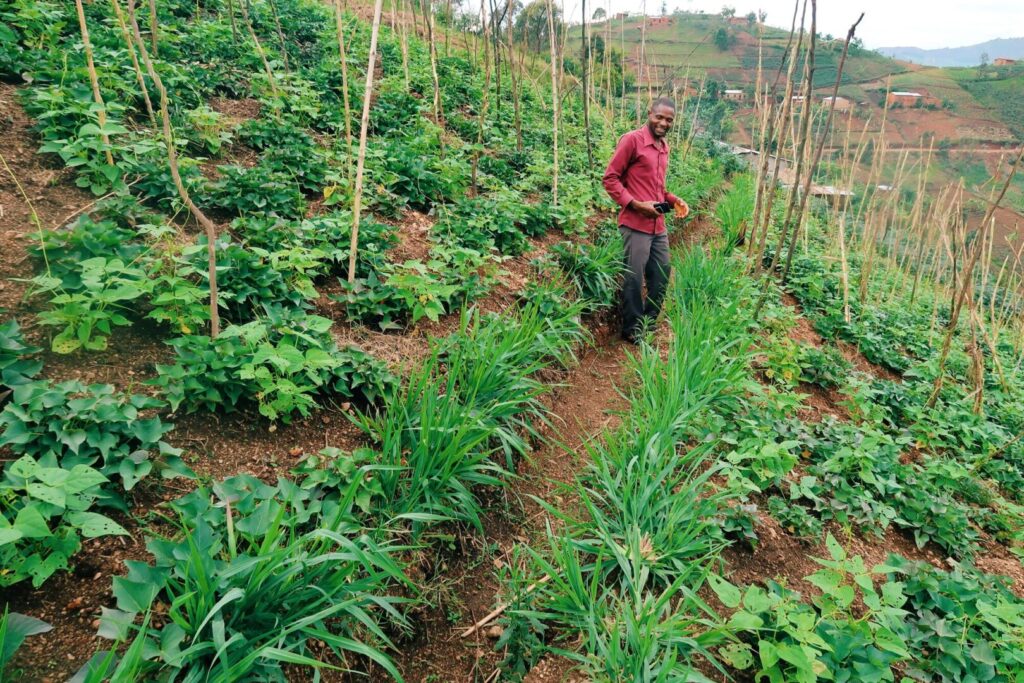
A Reflection of God’s Intent
Scripture portrays creation as a gift, a garden entrusted to humanity’s care. Agroforestry aligns with this vision. It teaches that our relationship with creation is not exploitative, but collaborative. As we care for the soil, water, and forests, we affirm our role as stewards in God’s world.
This understanding fuels the work of Plant With Purpose. We know that poverty is not only a lack of material resources but also a breakdown in relationships—with each other, with the land, and with the Creator. Forest farming restores those relationships by promoting sustainability, dignity, and community.
The impact of agroforestry is not just measured in number of trees planted or farms restored. It’s seen in the stories of mothers who send their children to school for the first time, of fathers who can build sturdy homes, and of communities who lift each other up in solidarity and faith.
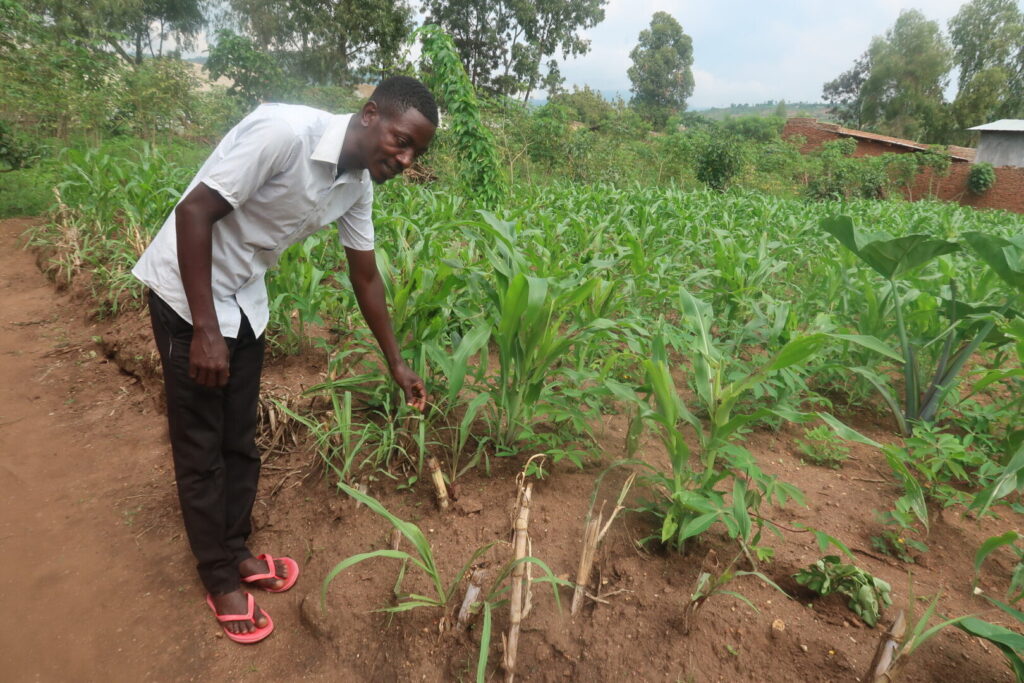
Looking Forward
As the world faces increasing environmental and economic challenges, agroforestry stands out as a solution rooted in both science and spirit. It is practical and poetic—a way to meet immediate needs while restoring the earth. It connects farmers with their land, communities with their purpose, and people with hope.
Plant With Purpose remains committed to promoting agroforestry across the watersheds where we work. And we do so with deep gratitude to the partners who walk with us.
Together, we plant trees. We reduce poverty. We restore lives and land. And we reflect the heart of the Creator in all we do.

